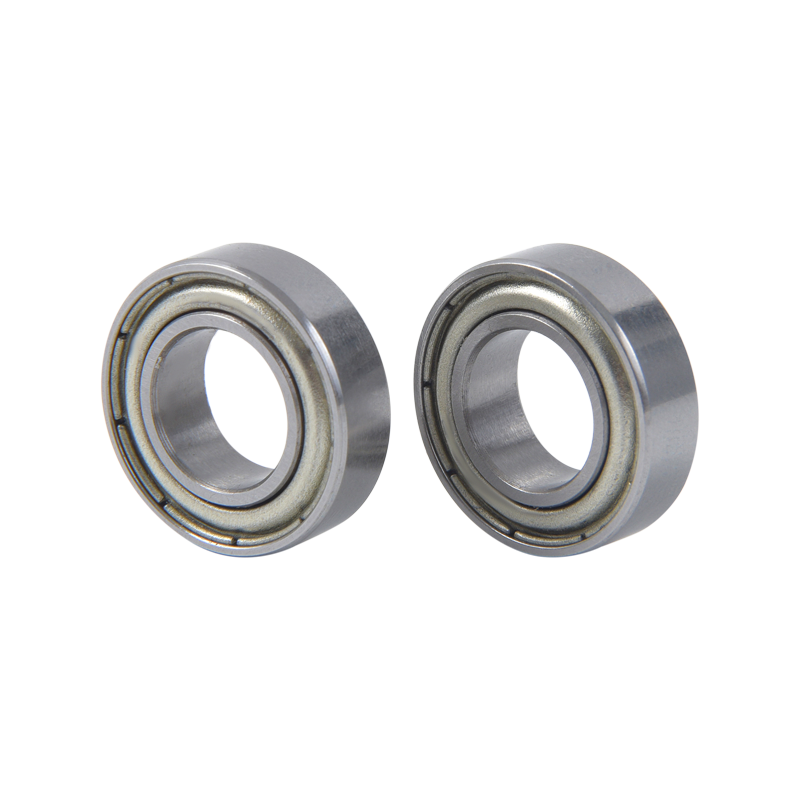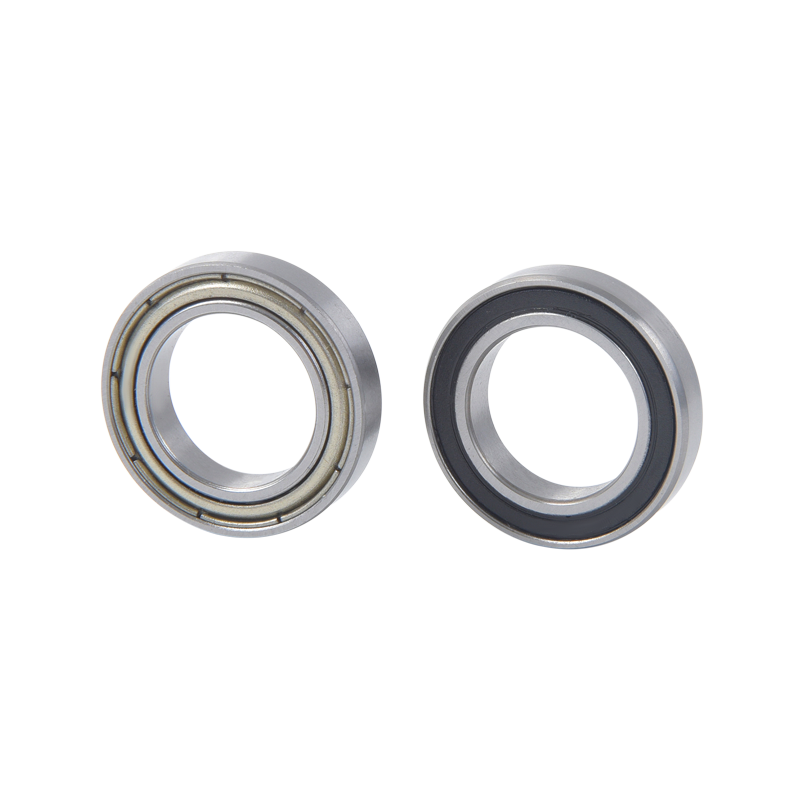Motor bearing technology plays a crucial role in enhancing the efficiency and reliability of motors across various industries. While my knowledge is based on information available up until September 2021, I can provide you with some general insights into recent breakthroughs in motor bearing technology that have been prominent in recent years. However, please note that there may have been further advancements beyond my knowledge cutoff.
Ceramic Bearings: Ceramic bearings have gained popularity due to their exceptional properties such as high durability, resistance to corrosion, and ability to operate at higher speeds. They are often used in electric motors to reduce friction and improve efficiency. Ceramic bearings offer lower energy consumption and extended lifespan compared to traditional steel bearings.
Magnetic Bearings: Magnetic bearings utilize magnetic levitation to support the rotating components of a motor without the need for physical contact. These bearings provide several advantages, including low friction, reduced vibration, and elimination of mechanical wear. Magnetic bearings are particularly beneficial in high-speed and high-precision applications where minimizing friction is crucial.
Lubrication Advancements: Lubrication plays a vital role in motor bearings by reducing friction and wear. Recent advancements in lubrication technology have focused on developing high-performance lubricants that offer improved efficiency and reliability. Some examples include low-viscosity synthetic oils, advanced greases with enhanced heat dissipation properties, and lubricants designed specifically for high-temperature environments.
Smart Bearing Systems: The integration of sensors and condition monitoring capabilities within motor bearing systems has gained significant attention. Smart bearing systems can monitor factors such as temperature, vibration, and load conditions in real-time. By collecting and analyzing this data, maintenance teams can predict potential failures, schedule maintenance proactively, and optimize motor performance, ultimately enhancing reliability and efficiency.











 No. 7, Tangchuang Garden, Yangshan Village, Di Tang Street, Yuyao City, Ningbo City, Zhejiang Province, China.
No. 7, Tangchuang Garden, Yangshan Village, Di Tang Street, Yuyao City, Ningbo City, Zhejiang Province, China.
 +86-15706849036
+86-15706849036 +86-0574-63267578
+86-0574-63267578 +86-0574-63265856
+86-0574-63265856
